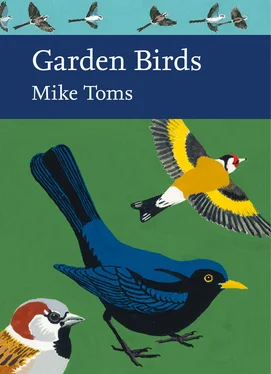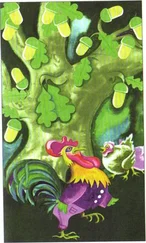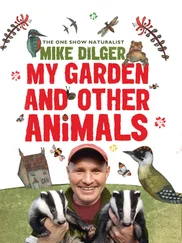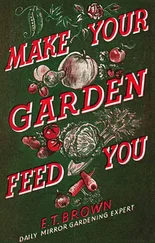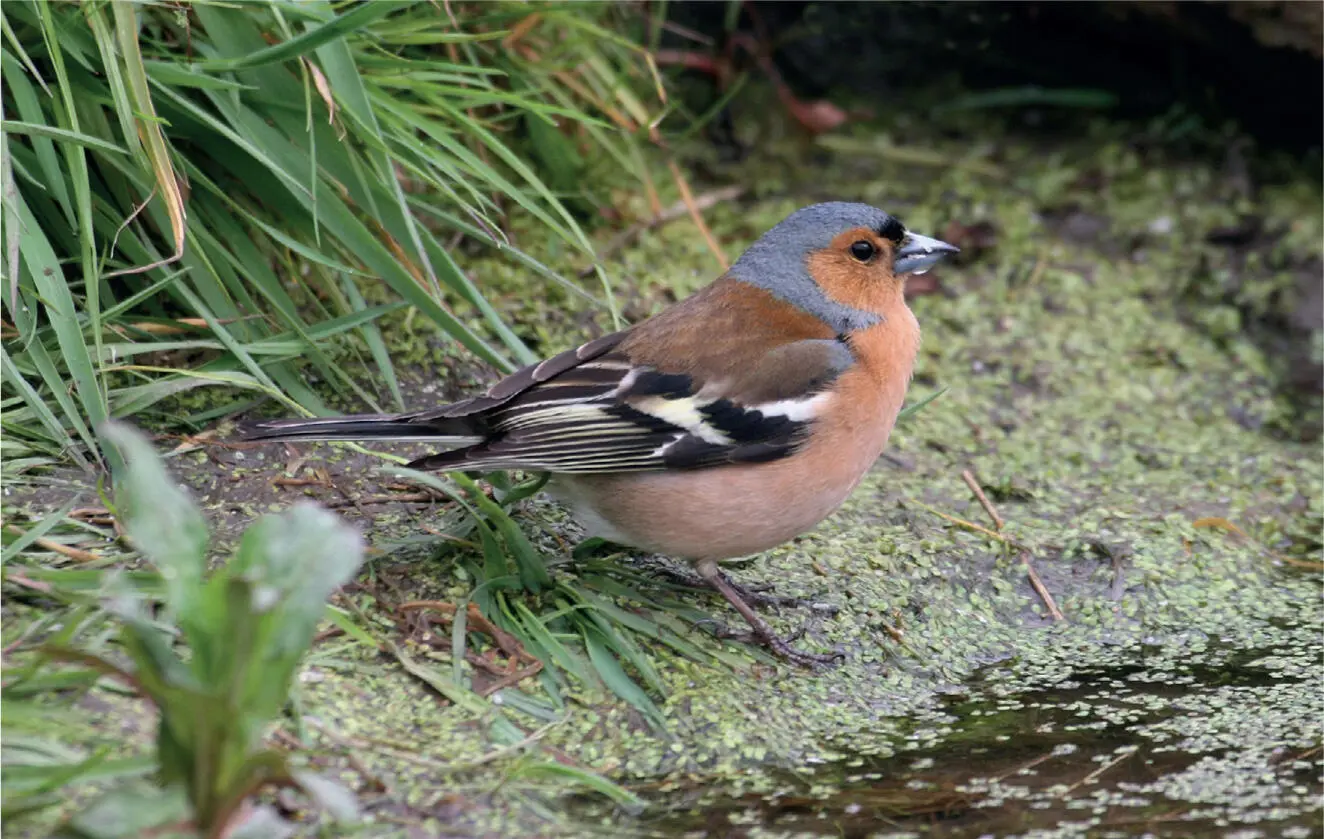
FIG 44. Water is important for garden birds and the presence of a pond or other water source can prove very attractive to visiting birds. (Jill Pakenham)
GARDEN BIRD FOOD AND OTHER WILDLIFE
The food available at garden feeding stations isn’t just used by garden birds; it may be taken by other creatures or, in some instances, germinate and lead to the establishment of non-native flora. Many of the other beneficiaries of garden feeding are mammals, with mice, voles, rats and squirrels the most commonly reported feeders here in the UK. While some of these creatures are tolerated, or even encouraged, some are viewed as a pest. Common Rat Rattus norvegicus and Grey Squirrel are the two most commonly seen as a negative consequence of garden feeding. The presence of Grey Squirrels at a garden feeding station may prevent birds from taking food, something determined experimentally by Hugh Hanmer and colleagues at the University of Reading (Hanmer et al., 2018).
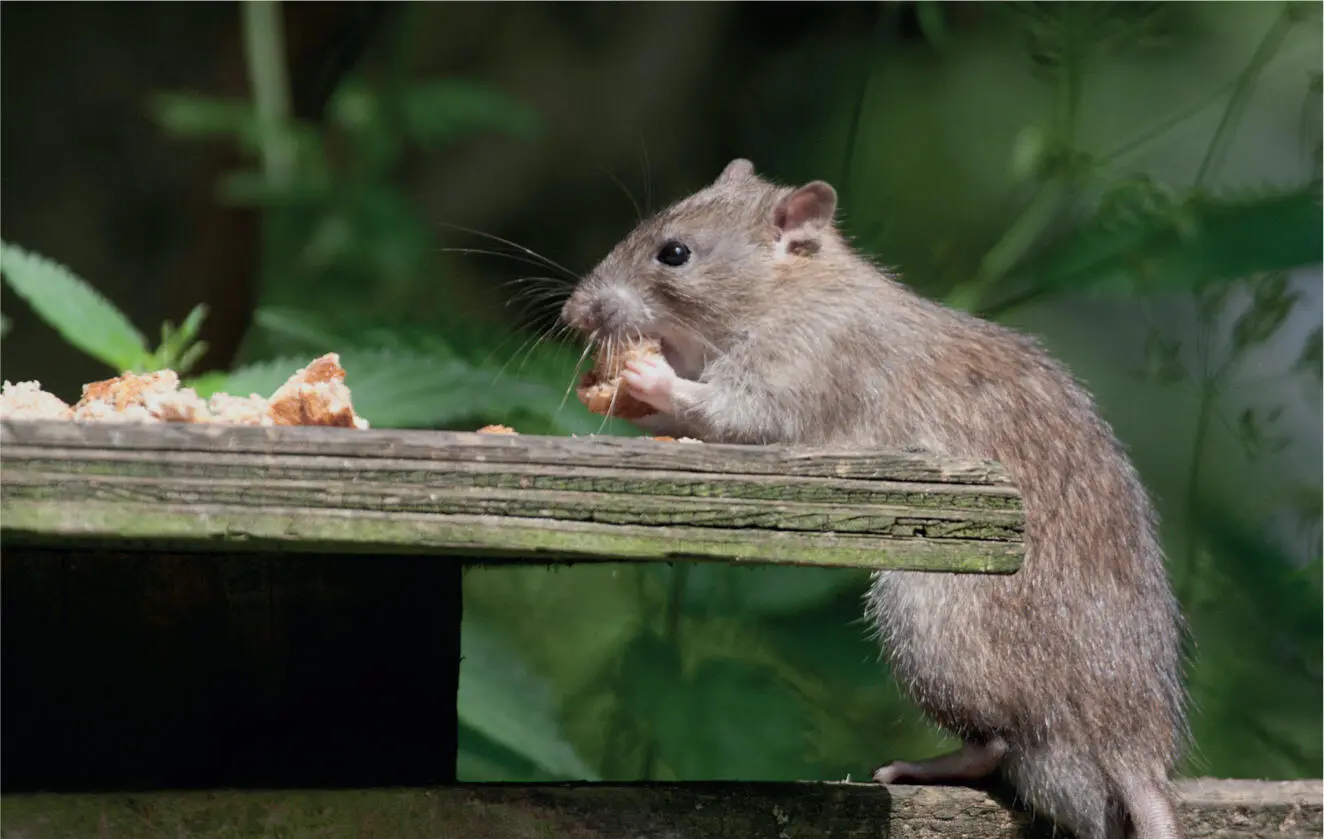
FIG 45. Some garden feeding station visitors are less welcome than others. (John Harding)
Efforts to deter squirrels from garden feeding stations tend to be based around either the physical adaptation of feeding devices or treatment of the food itself. Two other options – providing squirrels with their own feeder some distance from the feeding stations, and lethal control – are not widely practised. Treatment of peanuts and other foods with capsaicin – the pungent component that is responsible for the sensation one gets when eating chilli peppers – has proved a useful deterrent in trials carried out in the US (Curtis et al., 2000). Treatment of sunflower seeds significantly reduced both the amount of seed taken by Grey Squirrels and the amount of time that they spent feeding, but did not affect the amount of seed taken by feeding birds. Capsaicin binds to pain receptors in mammals and has a number of other effects that result in many mammals finding the substance repellent. Although at least some bird species can taste capsaicin, it does not appear to be harmful or repellent to them. There is, however, one other finding worth mentioning here, which is that Grey Squirrels can learn to open treated sunflower seeds, avoiding the treated husk to feed on the heart (Fitzgerald et al., 1995). Fortunately, a company in the US has developed a way to treat both the husk and the heart within.
A perhaps unforeseen consequence for wider biodiversity on the provision of food at garden feeding stations is that the presence of increased numbers of insectivorous or omnivorous birds can lead to increased levels of predation of garden-dwelling invertebrates. Investigating the possible effects of wild bird feeding on the size and survivorship of Pea Aphid Acyrthosiphon psium colonies in suburban gardens, Melanie Orros and Mark Fellowes found that the presence of bird feeders had a significant impact. Both the size and survivorship of aphid colonies was significantly reduced in gardens where a feeding station was present (Orros & Fellowes, 2012). The same researchers have also found that supplementary feeding of garden birds indirectly affects ground beetle populations (Orros et al., 2015a), and work in the US suggests a similar impact on arthropods overwintering on bark (Martinson & Flaspohler, 2003).
CONCLUDING REMARKS
A key take-home message about bird feeding is that there is still a lot for us to learn; it is no longer appropriate to merely follow the simplistic view that feeding garden birds is largely beneficial, and that any deleterious aspects are outweighed by the benefits gained. Some authors have even suggested that bird feeders are ecological traps, perhaps tempting birds to initiate breeding attempts earlier in the year than is beneficial and leading to a mismatch between the food demands of the resulting chicks and the availability of the peak invertebrate resources on which they depend. The scrub-jays breeding in suburban habitats with access to supplementary food may well breed earlier but they can find themselves out of synch with the natural food items that they need for their growing nestlings, something that could potentially lead to decreased rather than increased breeding success (Schoech & Bowman, 2001).
The provision of supplementary foods, many of which would not be taken by these species within the wider environment, has complex effects on individual birds and their broader populations. The extent to which food provision is considered to be deleterious or beneficial will, in part, depend on whether you are examining its effects at the level of the individual bird or the wider population. Feeding can change the structure of populations, something that may have profound consequences for the size of broader populations, both of the species under study and, potentially, those of the other species with which it competes or interacts. The effects of supplementary food may also differ depending upon external factors, perhaps having the greatest impact when times are tough or in territories low in resources or occupied by inexperienced birds (Robb et al., 2008a). This was certainly the case for Arcese & Smith (1988) working on a high-density population of Song Sparrow Melospiza melodia. Arcese & Smith found particularly large effects of supplementary feeding, presumably because the control birds – those without access to additional food – were under heavy competitive pressure, suppressing clutch size and other measures of breeding success. They found, for example, that fed birds laid 18 days earlier, on average, than control birds and were also more synchronous. One of the challenges to unravelling these effects is the difficulty in studying wild birds, of following individuals throughout their entire life cycle and in dealing with populations that may move between habitats and over significant distances.
Конец ознакомительного фрагмента.
Текст предоставлен ООО «ЛитРес».
Прочитайте эту книгу целиком, купив полную легальную версию на ЛитРес.
Безопасно оплатить книгу можно банковской картой Visa, MasterCard, Maestro, со счета мобильного телефона, с платежного терминала, в салоне МТС или Связной, через PayPal, WebMoney, Яндекс.Деньги, QIWI Кошелек, бонусными картами или другим удобным Вам способом.
